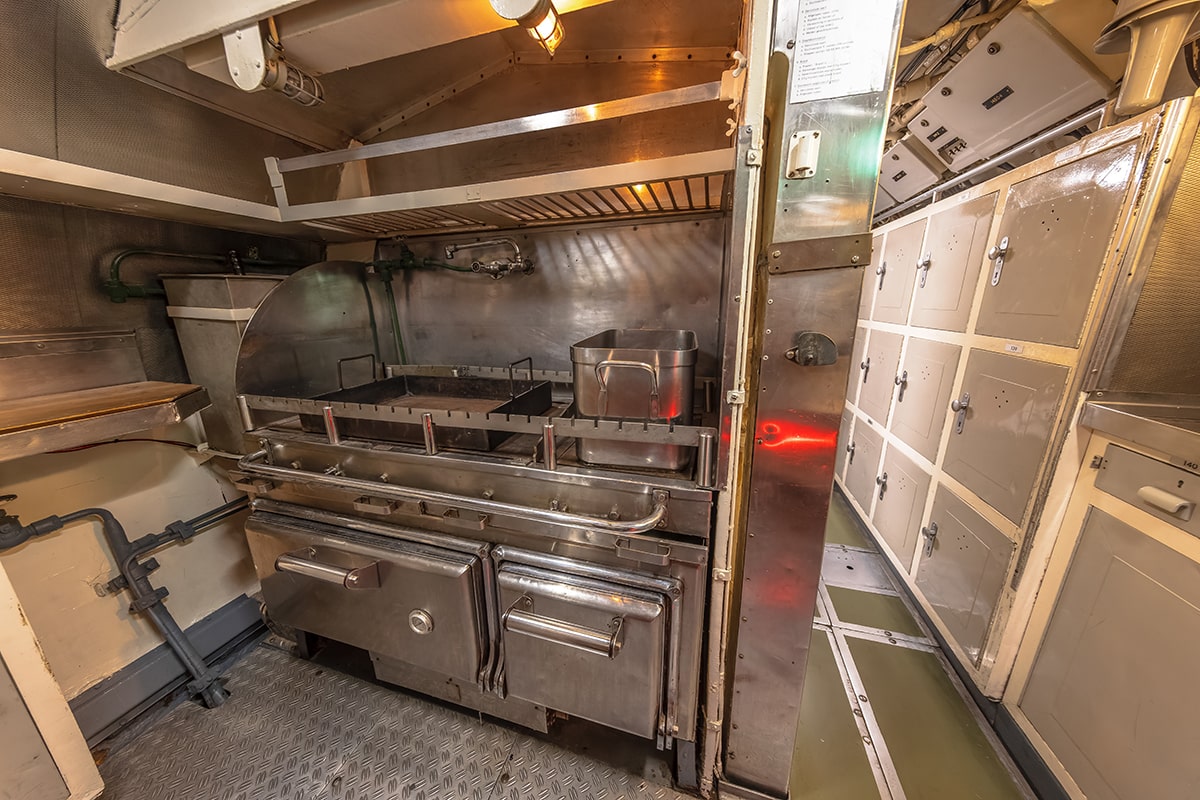
Vegetable and fruit waste: in the bio bin or in the grinder?
The starting point for waste processing is regulation of waste flows. The solid and liquid waste is led to collection locations and further treated there. Important factors in these processes are the recovery of reusable substances, a favorable energy balance and the lowest possible burden on the environment.
In Europe, and therefore also in the Netherlands, it has been decided to start the separation of waste components at the source. Consider the separate delivery or collection of metals, plastic, paper, glass, vegetable, fruit and garden waste (GFT) and residual waste.
Let's take a closer look at the most important aspects of the collection and processing of organic waste from private individuals.
Households in the Netherlands produce several hundred grams of fruit and vegetable waste (GF) every day. In addition, households (mainly those with a garden) produce an annual amount of garden waste (T) that must be disposed of. Both GF and T waste now disappear into the bio bin.
At least, that is the intention. But in practice, especially in apartment buildings, only about half of the residents participate in the separate collection. Not that surprising, by the way. Because fruit and vegetable waste has a high moisture content. It contains all kinds of plant and animal remains. These are extremely biodegradable and the process starts directly in the biobin. This happens quickly, especially at higher temperatures. This is noticeable by the highly unpleasant odors that rise when the valve opens. Especially in high-rise buildings, where GF waste is often collected in the kitchen, this leads to undesirable situations from a hygienic point of view.
It can also be done differently. In the United States, the following method has been chosen: In a large proportion of households, the GF waste is flushed down the sink, ground on site and discharged into the sewer. In many cities this method of processing is even mandatory!
In the Netherlands you are not allowed to discharge ground kitchen waste into the sewer. However, there are many arguments for allowing the food waste disposer as an alternative to or in addition to the organic bin:
• It is convenient and hygienic, no bad smell and pests. No more dirty bio bins to be cleaned. This promotes the tendency to dispose of GF waste separately, especially among residents of high-rise buildings.
• The use of a grinder meets the criteria for separation at source and the delivery of a regulated waste stream. The floating ground food particles go via the sewer to the purification station where biological degradation takes place.
All kinds of objections are raised against allowing food waste disposers in the kitchen. But that image requires some nuance:
• The capacity of our sewage treatment system is not an obstacle. Calculations and practical research by TU Delft have shown that it would not pose any problem if 10% households started using a grinder. And achieving 10% penetration is expected to take decades.
• Damage to the sewer system due to possible acidification as a result of the use of grinders does not occur, as shown by extensive research abroad as well as calculations by TU Delft.
• The water consumption of a household will hardly increase (comparable to flushing the toilet once more). Don't forget that cleaning a bio container also uses water.
• Electricity consumption also increases only negligibly (approximately 10 euros per year).
• Although the costs of sludge residue processing in the sewage treatment plant are increasing, this is largely or completely offset by the greater energy production during fermentation.
• Yes, a grinder means an investment for the user (about 100 euros in projects), but it lasts a long time and a bio bin does not cost the consumer less money to purchase and use.
• In the total energy and environmental balance you must also include the energy that the production and eventually the waste processing of the bin costs, plus the burden on the environment (particulate matter, PAH and CO2 emissions) due to the collection of organic waste.
• Biodegradable waste is processed into compost. But compared to garden waste, GF waste is not a valuable fraction for compost preparation. It is better suited for fermentation in the liquid waste stream.
• But things can also be done differently in the Netherlands. Just look at the WaterSchoon project in Sneek. All homes in a new neighborhood will have a food waste disposer in the kitchen. The sewage water is collected and purified locally. The energy that this produces goes back to the homes!
Summarizing:
• Allowing food waste disposers has major advantages, especially in high-rise buildings; it is more hygienic and will encourage a greater percentage of GF waste to be disposed of separately.
• There are hardly any disadvantages:
– No problems are expected for the existing sewer system.
– The current sewage treatment plants (RWTP) can handle the consequences without any problems, especially with a penetration rate of food waste grinders below 10% of households.
– From an environmental point of view, the balance is positive compared to current practice.
Conclusions:
— This method of separated GF disposal deserves a place in our waste processing system.
